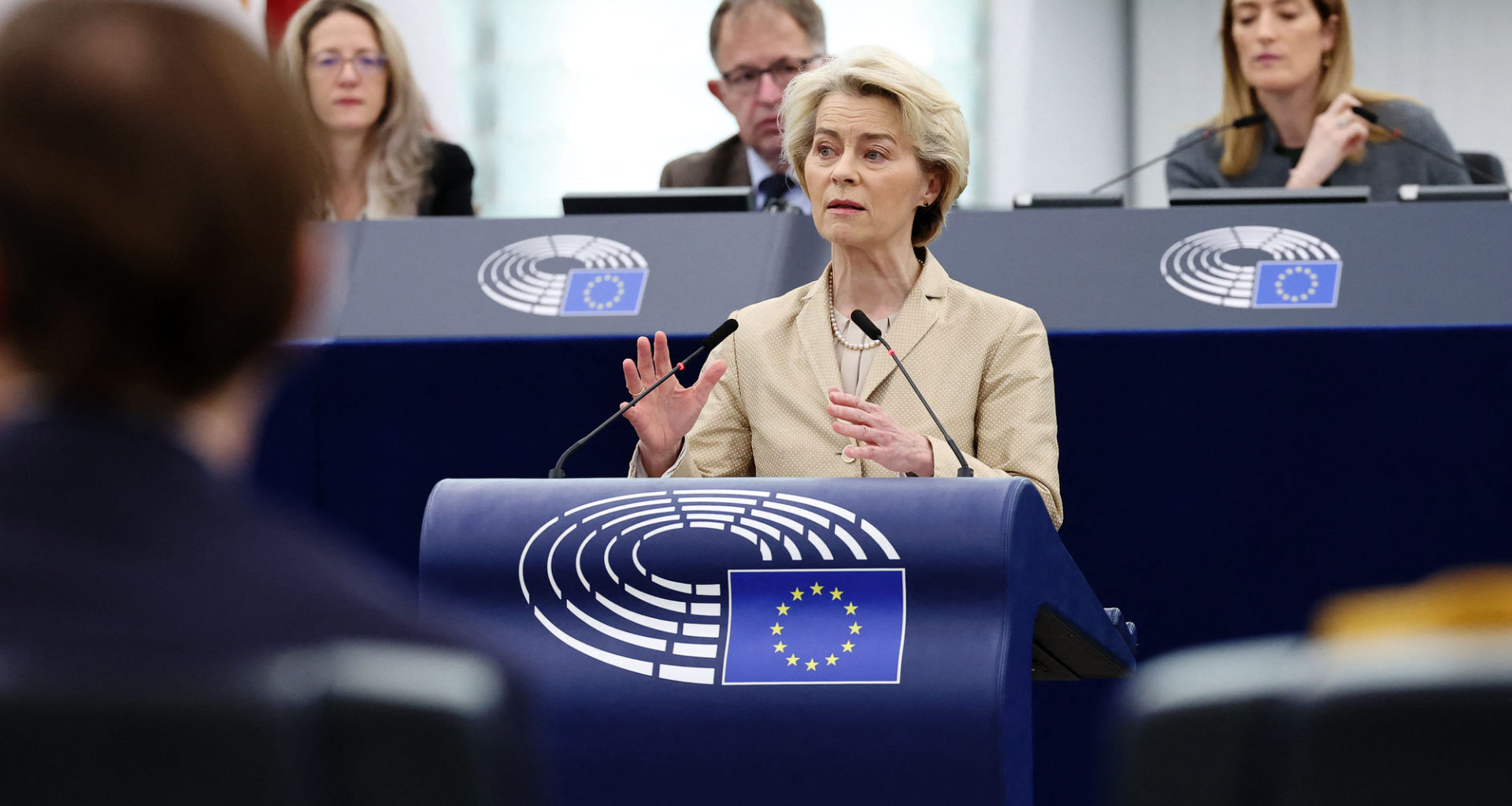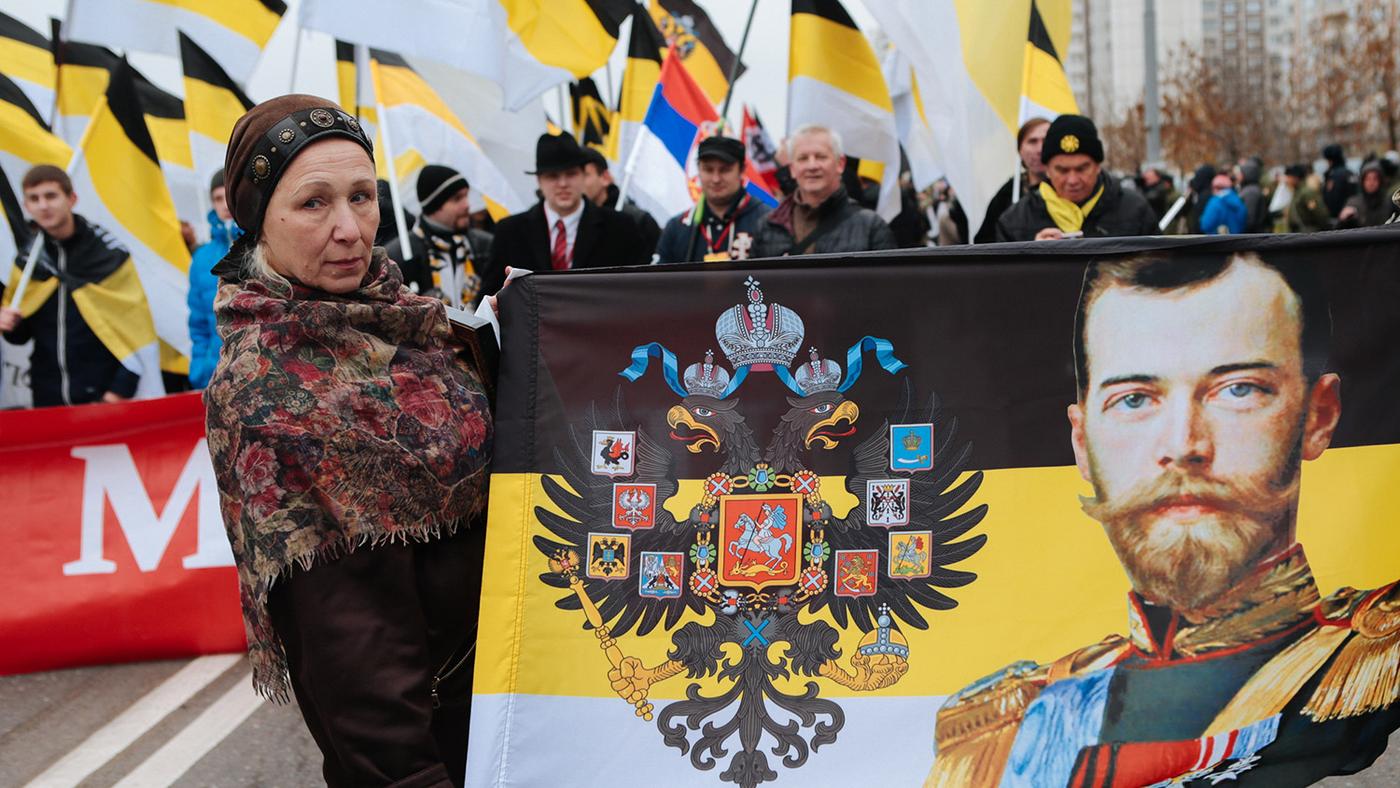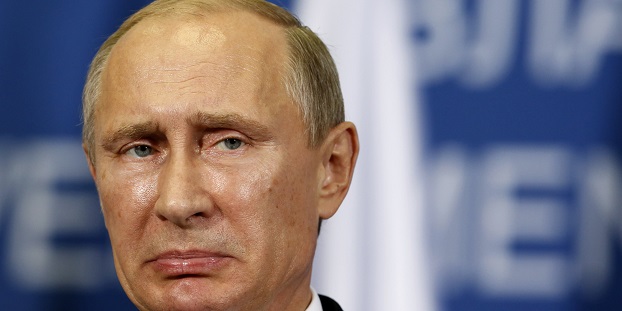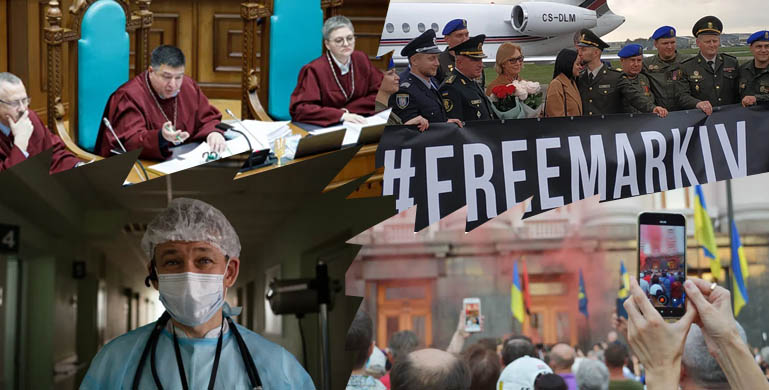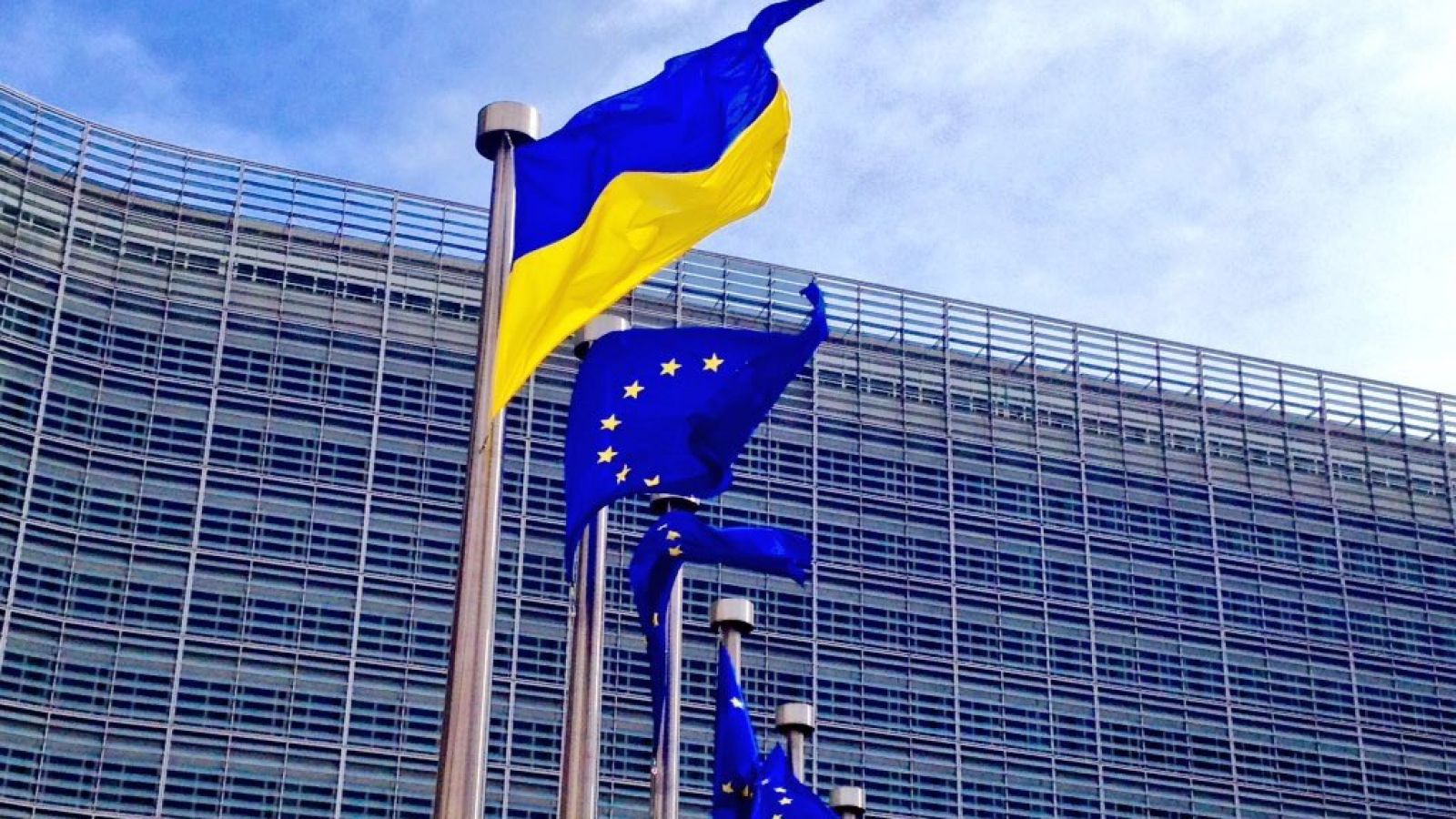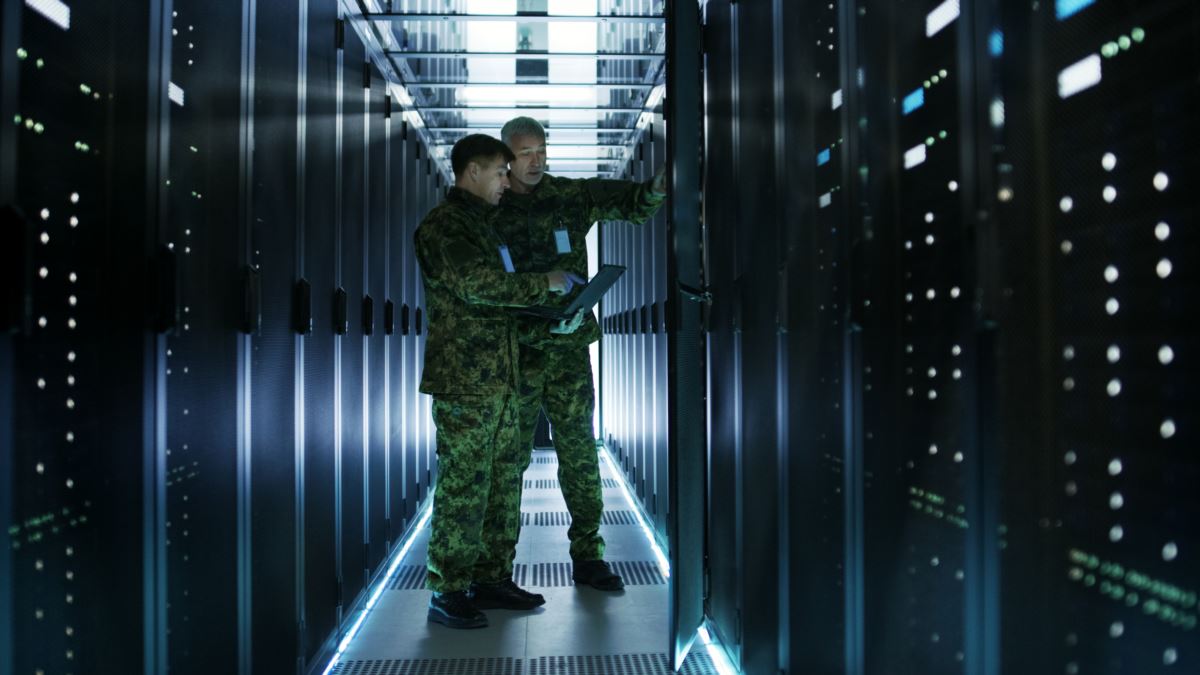Russian President Vladimir Putin’s dream has come true. With the divide between the United States and Europe now wider than at any point since World War II, NATO no longer constitutes a united bloc committed to spoiling Russia’s revanchist ambitions.
On the contrary, US President Donald Trump’s administration seems to share Putin’s view that superpowers have a natural right to claim authority over spheres of influence, with smaller, weaker countries submitting to their mightier neighbors.
Now, it is up to Europe to stand up for democracy, sovereignty, and the rule of law in Europe – and that means defending Ukraine.
European leaders seem to recognize the challenge ahead. At a gathering in London, they reiterated their commitment to supporting Ukraine and began work on a plan to stop the fighting there. Yet, for a European peace plan is to have a chance, Putin must be convinced that the cost of a continued assault on Ukraine would become untenable for Russia.
Overall, Western support for Ukraine has been running at around $80-$90 billion per year since 2022, with more than half coming from Europe (the European Union, Iceland, Norway, Switzerland, and the United Kingdom).
A recent fact sheet from the US State Department lists about $67 billion in military aid delivered since 2022, or less than $25 billion per year. From a financial point of view, Europe should have little problem substituting this sum, which amounts to less than 0.2% of Europe’s GDP.
This funding could not come from the regular EU budget, because it is very small (only about 1% of GDP) and most revenues are earmarked years in advance. However, there is considerable unspent money in the NextGenerationEU pandemic recovery.
Another option would be for a group of European countries – say, all the large EU member states, Norway, and the UK – to create a new financing vehicle that would issue debt to cover aid for Ukraine. This approach has a distinct advantage: it would not require unanimity among EU members.
Thus, it would not be hampered by opposition from Trump ally Hungarian Prime Minister Viktor Orbán or from formally neutral EU members like Austria and Ireland.
Just replacing US aid would not be enough. After all, the support Ukraine has received so far has enabled it only to slow Russia’s advance, not to turn the tide of the war.
Still, there is little doubt that Europe could come up with the necessary funds.
Beyond financing, Europe is equipped to provide most of the military supplies Ukraine needs, like tanks, guns, and ammunition. On air defense, it might take a little more time to fill the gap left by the US, because Ukraine currently relies on the US-made Patriot system.
Still, there are European alternatives, such as the Franco-Italian SAMP/T (Sol-Air Moyenne Portée/Terrestre), as well as the shorter-range NASAMS (National Advanced Surface-to-Air Missile System) from Norway and IRIS-T (infrared imaging system tail/thrust vector-controlled) from Germany. These systems have now been battle-tested, and appear somewhat less expensive than the Patriot.
One area where Europe cannot readily replace the US is in satellite and intelligence-gathering capabilities. That is why Trump’s pause on intelligence-sharing with Ukraine has so severely disadvantaged the country’s forces, which depend on US intelligence to target Russian assets.Beyond direct military aid, Europe should increase support for Ukrainian drone development and production. Ukraine’s ingenuity in this area – with small teams of drone developers working closely with fighters on the ground to devise innovative, often low-cost solutions – has often given it an edge on the battlefield.
Perhaps the thorniest question is whether Europe could provide Ukraine with a credible security guarantee. Without US support, Europe would need to mobilize hundreds of thousands of troops to defend not only Ukraine, but all NATO territory.
With this in mind, EU leaders recently agreed to increase their defense spending sharply. EU ministers are now considering European Commission proposals to give countries more fiscal flexibility for defense spending, and to allow for joint borrowing of up to €150 billion ($160 billion), which would be lent to EU governments to strengthen their military capabilities.
By some estimates, even this would not be enough: according to one recent projection, guaranteeing European security would require annual spending to increase by at least €250 billion – about 1.5% of GDP. Moreover, it would take years, if not decades, to build up the required structures and combat units.
However, while rearmament on this scale would transform the EU into a major power, it is probably not essential, given the extraordinary strength of Ukraine’s armed forces.
The cost of keeping a large part of Ukraine’s experienced military mobilized to safeguard the country’s own security would be far lower than that of building a European force of similar strength.
Meanwhile, Europe is well-equipped to protect the skies from Russia. Ukraine has all but thwarted Russia’s air superiority with only a few dozen older Western combat aircraft, and European air forces boast hundreds of far more advanced fighter jets.
Given this, all Europe needs to do to establish a strong deterrent to Russian aggression is provide enough financial support to enable Ukraine to maintain a large standing army, and make clear that any Russian attack would automatically trigger the establishment of a no-fly zone over Ukraine. This would be far faster and cheaper than building a European fighting force comprising hundreds of thousands of soldiers.
Europe has the resources to keep Ukraine in the fight against Russia today and to guarantee Ukraine’s future security. It must use them.
Copyright: Project Syndicate. This article was published by Project Syndicate on 12 March 2025 and has been republished by Euromaidan Press with permission.
Editor’s note. The opinions expressed in our Opinion section belong to their authors. Euromaidan Press’ editorial team may or may not share them.
Submit an opinion to Euromaidan Press

